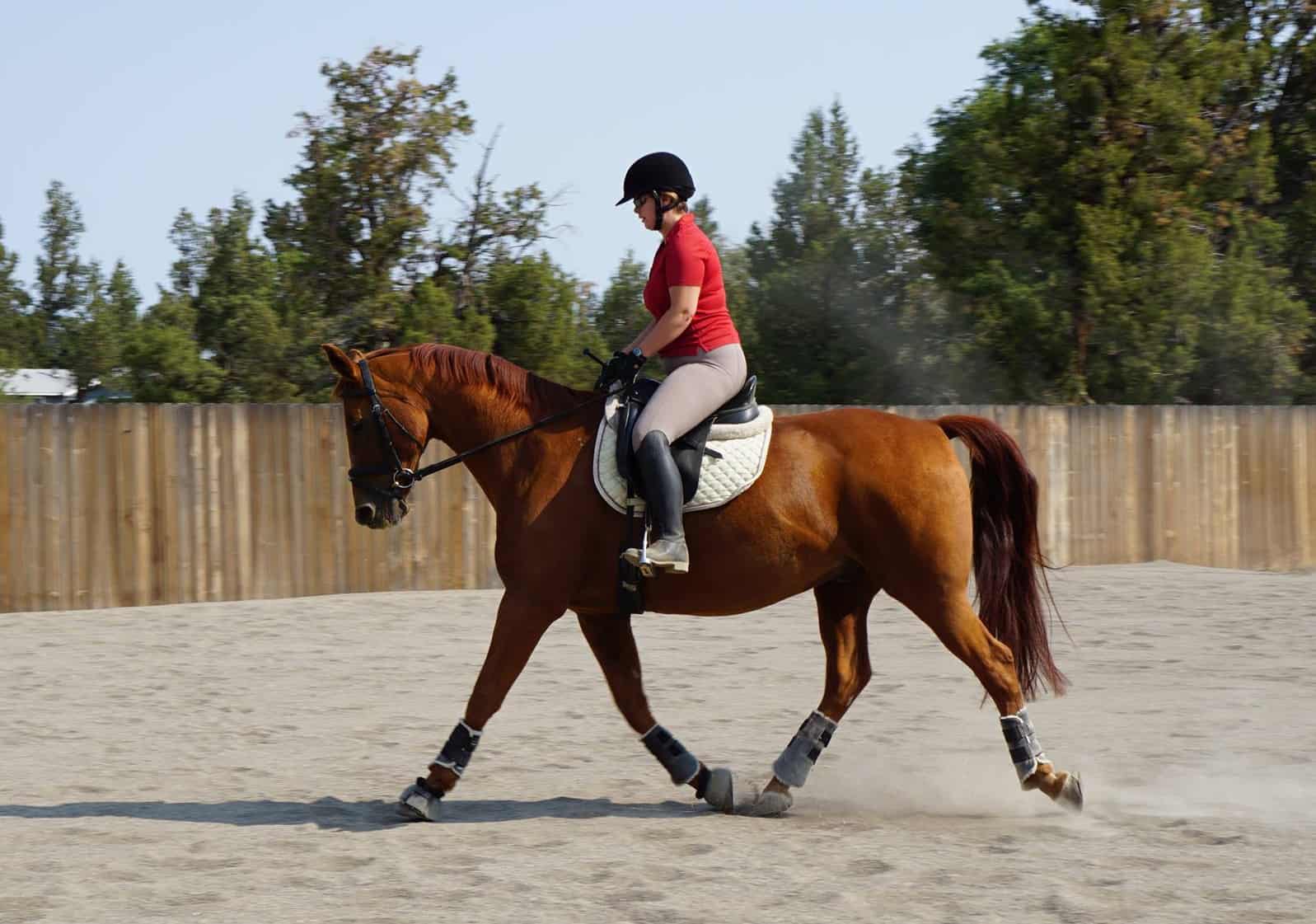Second Horse Contracts Anthrax in Texas
- Topics: Anthrax, Article, Infectious Diseases, Welfare and Industry

According to a TAHC media release, eight premises in Crockett, Sutton, and Uvalde counties have had animals confirmed with anthrax year to date. These animals include antelope, goats, horses, and cattle. The TAHC quarantined each premises after animals tested positive for the reportable disease. Quarantines are typically lifted 10 days from vaccination or the last death, according to the Equine Disease Communication Center.
Anthrax is a deadly disease caused by Bacillus anthracis, a spore-forming bacterium that occurs worldwide. If the carcass of an animal that dies from anthrax isn’t handled and disposed of properly, the bacteria can lie dormant in the soil and resurface under specific weather conditions. Increases in anthrax cases are common after periods of wet, cool weather, followed by hot, dry conditions, the state’s release said. During these conditions, animals ingest the anthrax bacteria when they consume contaminated grass and hay or inhale the spores. Outbreaks usually end when cooler weather arrives.
Animals typically exhibit clinical signs of disease three to seven days after anthrax exposure, and death usually occurs within 48 hours
Create a free account with TheHorse.com to view this content.
TheHorse.com is home to thousands of free articles about horse health care. In order to access some of our exclusive free content, you must be signed into TheHorse.com.
Start your free account today!
Already have an account?
and continue reading.

Written by:
Michelle Anderson
Related Articles
Stay on top of the most recent Horse Health news with















